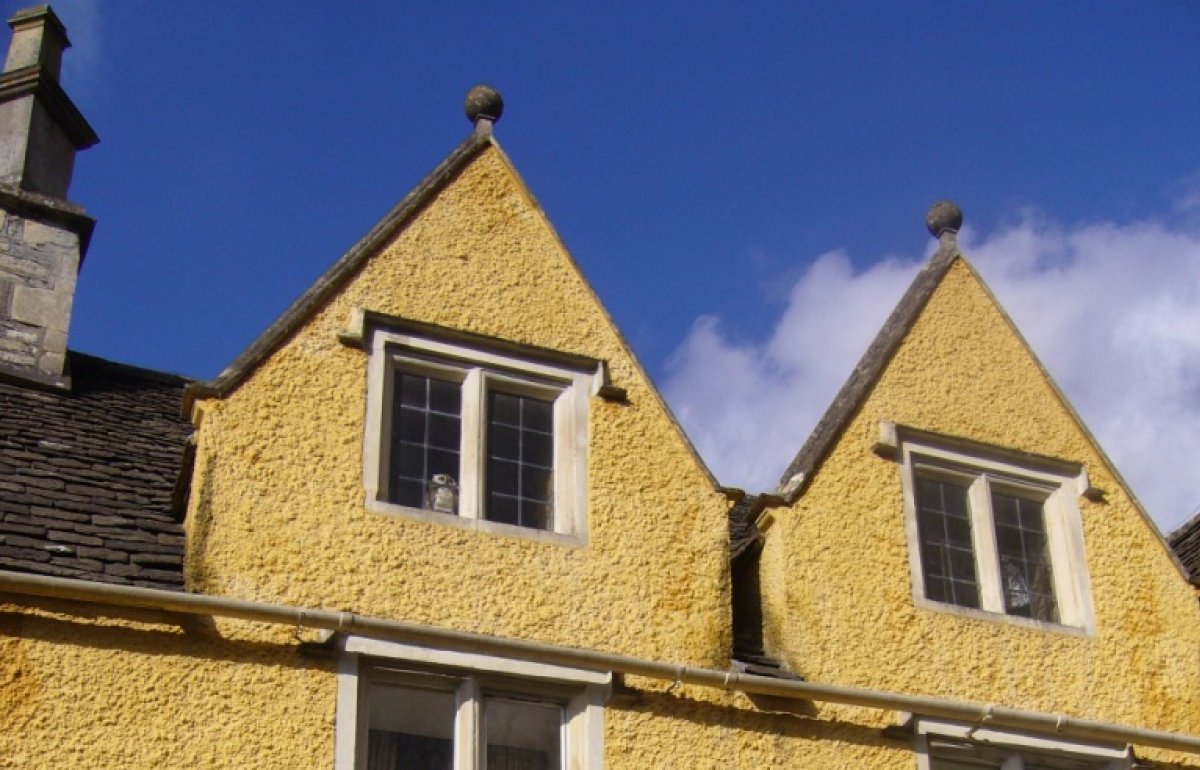Colourless "thermal paints"
Building owners have recently been approaching the SPAB for comments on colourless “thermal paints”, claimed to reduce heat losses when applied to the outside walls of brick and stone buildings. The argument is that dry walls lose less heat than damp walls (which they do), so a moisture-resistant external coating will help keep the wall dry and the heat in.
Traditional walls and modern materials
Solid masonry walls in traditional buildings do not contain the moisture-resisting layers used in modern construction (e.g. damp-proof courses just above ground level). Instead moisture is absorbed into and subsequently evaporates from them. Historically, problems could arise after moisture-resistant finishes such as Portland cement renders and some modern paints were applied: while they may keep the rain out generally, it may still get in through defects and cracks and then find it more difficult to escape. In recent years, the qualities of moisture-managing materials and especially lime-based renders and paints have become appreciated.
Colourless treatments
Colourless water-repellent surface treatments based on silicon compounds became available in the 1950s. Initially regarded by some as a panacea for damp walls, like some paints they could also trap moisture. On occasions, this could exacerbate the original problem and also cause damage by salt attack, freeze-thaw cycles, and sometimes by concentrating the extra runoff on vulnerable places. Products have therefore been developed that resist water penetration, but are more permeable to water vapour, allowing drying-out, albeit typically at reduced rates.
Our view: prevention is generally better than cure
Given their history, the SPAB is cautious about water-resisting wall treatments of all kinds. Walls often become damp as a consequence of poor maintenance (e.g. leaky roofs, cracks and gaps, failed rainwater systems), and sometimes from poor detailing of overhangs and drips. When problems of this kind are properly attended to, walls will often dry out naturally; if they aren’t, coatings may make the situation worse.



